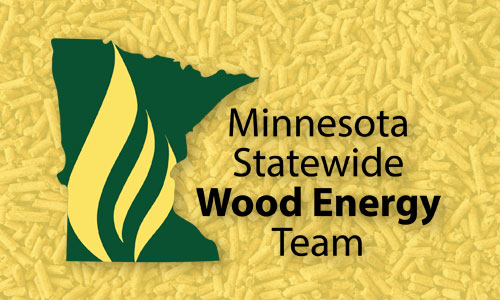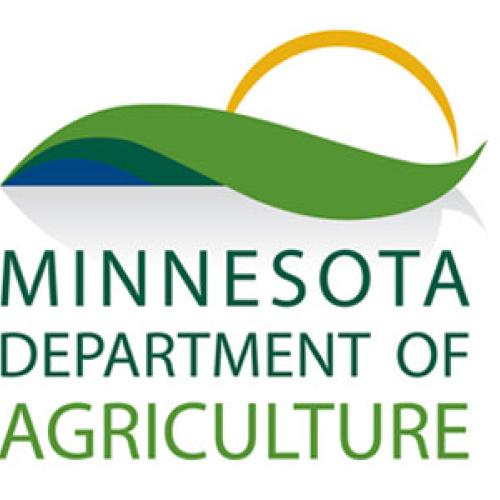The Minnesota Department of Agriculture has named five in-state bioenergy projects as recipients of NextGen Energy grants. The five projects were selected out of a pool of 35, according to MDA Commissioner Dave Frederickson. All projects underwent consideration by a technical team made up of members from five state departments – agriculture, commerce, natural resources, pollution control, and employment and economic development. Projects were scored separately according to NextGen grant guidelines, and all are required at least a 50 percent match from the grantee.
Grant recipients include:
- Easy Energy Systems, Welcome, Minn. – $500,000 – The project builds a showplace biofuel production facility capable of testing multiple feedstocks, verifying economic data, and confirming conversion rates in Welcome.
- Central Minnesota Renewables LLC, Little Falls, Minn. – $500,000 – This project will receive funding for final engineering work needed to convert the existing 20 million gallon per year ethanol facility, Central Minnesota Ethanol Cooperative, to n-butanol production for the chemical industry.
- Segetis Inc., Golden Valley, Minn. – $325,000 – Grant amount is to be used for equipment, capital construction and materials for operation of a pilot plant for process development required to commercialize their biobased non-phthalate plasticizer.
- University of Minnesota, Natural Resources Research Institute, Duluth, Minn. – $217,500 – In collaboration with Syngas Technologies, Elk River, this project will develop a more efficient biomass fuel pretreatment process for putting feedstock into a high-pressure gasifier, which produces drop-in biofuels.
- Duluth Steam, Duluth, Minn. – $150,000 – Funds will help facilitate the detailed design, procurement and installation of an on-site biomass receiving, storage, and feed system. It utilizes up to 25 percent biomass feedstocks from local forestry operations and will displace the current use of western coal.
The MDA said that in addition to the $1.7 million granted to these projects, nearly half a million dollars has been set aside for a separate request for biomass thermal projects, targeting overall project sizes of $200,000 to $300,000. This RFP is due to be released early this summer.
 The U.S. Forest Service recently announced that it is seeking proposals that expand wood energy use and support responsible forest management. Also, the Forest Service released a Wood Energy Financial App for use by community and business leaders seeking to replace fossil fuel with wood energy.
The U.S. Forest Service recently announced that it is seeking proposals that expand wood energy use and support responsible forest management. Also, the Forest Service released a Wood Energy Financial App for use by community and business leaders seeking to replace fossil fuel with wood energy.
FUNDING:
“USDA through the Forest Service is supporting development of wood energy projects that promote sound forest management, expand regional economies, and create new jobs,” said Agriculture Secretary Tom Vilsack. “These efforts, part of the Obama Administration’s ‘all of the above’ energy strategy, create opportunities for wood energy products to enter the marketplace.”
“Building stronger markets for innovative wood products supports sustainable forestry, reduces wildfire risk, and creates energy savings for rural America,” said Forest Service Chief Tom Tidwell.
The U.S. Forest Service published in the Federal Register the announcement of requests for proposals under the Hazardous Fuels Wood-to-Energy Grant program. The program will provide about $2.8 million to help successful applicants complete the engineering design work needed to apply for public or private loans for construction and long-term financing of wood energy facilities. In addition, the agency announced $1.7 million in funding availability under the Statewide Wood Energy Team cooperative agreement program inviting public-private teams to seek funding to advance wood energy. Activities may include workshops that provide technical, financial and environmental information, preliminary engineering assessments, and community outreach needed to support development of wood energy projects.
Since 2005, more than 150 Wood-to-Energy grants have been awarded to small businesses, non-profits, Tribes, and State and local agencies to improve forest health, while creating jobs, green energy, and healthy communities. This year, the Wood-to-Energy grant program encourages geographic or sector-based clusters, such as hospitals, prisons, or school campuses, to leverage project similarities to improve economies of scale and expand the use of woody biomass for energy.
For more information visit www.na.fs.fed.us/werc. Applicants may also submit their applications through www.grants.gov. Application deadlines are outlined in the Federal Register notice. You can learn more about the Minnesota Statewide Wood Energy Team by clicking the link.
HANDBOOK & APP:
The Forest Service also released an eBook which contains a Wood Energy Financial App that allows users to do a simple and quick analysis to see if wood energy is a viable alternative for their community or small business. The App, which can be accessed from the Web or an eBook, is available at www.woodenergy.umn.edu.
The App and eBook were developed through a partnership with Dr. Dennis Becker, associate professor and Dr. Steve Taft, extension economist at the University of Minnesota; Eini Lowell, wood technology specialist at the Pacific Northwest Research Station; Dan Bihn, engineer at Bihn Systems and Roy Anderson, senior consultant at The Beck Group.


